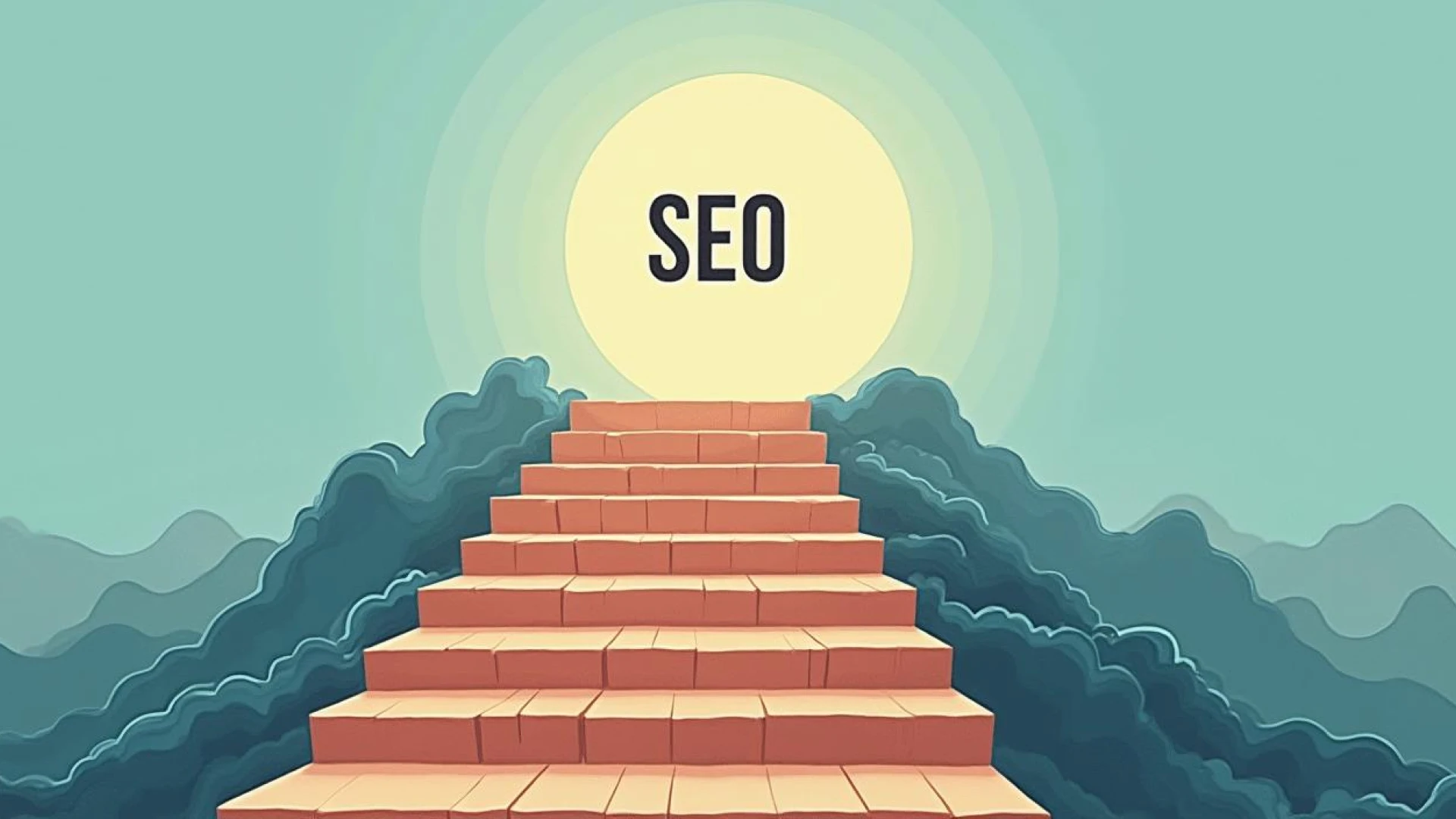A tangible business growth plan entails more than just advertising. It's an essential part of your company's machinery. Without one, market swings and a fickle customer base are your only sources of stability. One of the main goals for business owners and executives is to grow and expand their companies. Having a clear strategy is crucial, regardless of whether you're a small business trying to grow or an established enterprise hoping to expand even further. This article offers practical advice and strategies to help you thrive, outlining seven essential steps to promote business growth and expansion.
Develop a comprehensive growth strategy

Business growth starts with a well-thought-out growth strategy. It entails defining specific, quantifiable objectives and the actions required to reach them. Your expansion plan ought to consist of:
Market research
Recognize market trends, rivals, and your industry. Determine areas that have room for improvement and possible obstacles.
Target audience
Clearly state who your target market is, including their psychographics, purchasing habits, and demographics.
The unique value proposition
Find out what makes your company unique from the competition. Your UVP should be persuasive and explain the advantages of your goods or services in detail.
Objectives and goals
Establish SMART (specific, measurable, achievable, relevant, and time-bound) objectives for your expansion plan. Review and modify your plan on a regular basis in light of market developments and performance data. Adaptability and flexibility are essential for long-term growth.
Enhance your online presence

A strong online presence is essential for business growth in the modern digital age. Improving your internet visibility requires a number of essential elements:
Website optimization
Make sure your website is mobile-responsive, easy to use, and search engine optimized (SEO). It's imperative to have excellent content, quick load times, and user-friendly navigation.
Social media marketing
Connect with your audience on social media, establish your brand, and increase website traffic. Make sure to customize your content for every platform and stick to a regular posting schedule.
Content marketing
Provide informative, pertinent content that speaks to the needs and interests of your audience. Infographics, movies, blog entries, and more can be included in this. Content marketing draws in new clients and helps you become an authority in your field.
Email marketing
Create an email list and utilize it for lead nurturing.
Invest in technology and innovation

Innovation and technology are key factors in the expansion of businesses. Purchasing the appropriate equipment and technologies can increase productivity, optimize processes, and improve client interactions. Think about the following:
Automation tools
Employ automation to manage recurring jobs like social media posting, email marketing, and customer support. Your team will have more time to concentrate on strategic initiatives as a result.
Systems for customer relationship management (CRM)
To track sales, manage customer interactions, and increase customer retention, implement a CRM system.
Data analytics
Apply data analytics to learn about market trends, consumer behavior, and company performance. Better results and more effective strategies can result from data-driven decision-making.
Innovation
Encourage an innovative culture in your company. Encourage staff members to test out new products and make suggestions for improvements.
Expand your product or service offerings

Increasing the range of goods and services you offer can lead to more revenue opportunities and a larger clientele. Think about the following strategies:
Market research
To find market gaps and chances for new goods or services, conduct market research. Recognize the preferences and needs of your customers to create offerings that satisfy demand.
Product development
Make research and development (R&D) investments to produce cutting-edge goods and services. Prioritize customer benefits, functionality, and quality.
Diversification
To lessen your reliance on a single good or service, think about expanding your offerings. Resilience can be raised and risks can be reduced in this way.
Collaborations and partnerships
Work together to co-develop or co-market new products with other companies. Working together can help you reach a wider audience by utilizing each other's advantages.
Focus on customer experience

Delivering a first-rate customer experience is essential for keeping clients and spurring expansion. Customers that are happy with a brand are more likely to recommend it and make repeat purchases. To improve the clientele's experience:
Customer feedback
To better understand your customers' needs, preferences, and pain points, ask them for feedback on a regular basis. Utilize these comments to address problems and make changes.
Customer Service
Offer top-notch customer service via a variety of channels, including social media, live chat, email, and the phone. Make sure that questions and problems from customers are handled efficiently and quickly.
Loyalty programs
Put in place loyalty programs to encourage and reward recommendations from previous clients. Providing special offers, rebates, or other benefits can work towards that.
Optimize your sales funnel

To maximize revenue and convert leads into customers, an optimized sales funnel is essential. The customer's journey from first awareness to ultimate purchase is represented by the sales funnel. To make your sales funnel more efficient:
Lead generation
To draw in potential clients and produce leads, use a variety of marketing strategies, including social media marketing, content marketing, and paid advertising.
Lead nurturing
Utilize individualized content, targeted email campaigns, and consistent follow-ups to cultivate leads. At every point of the customer journey, add value to establish credibility and trust.
Conversion optimization
To find and apply changes that raise conversion rates, use data analysis and A/B testing. To lower friction and promote sales, optimize your landing pages, calls-to-action (CTAs), and checkout procedures.
Sales Training
Give your sales force the tools they need to succeed.
Expand into new markets

Entering new markets has the potential to spur substantial growth and create new opportunities. This could entail branching out into new geographical areas, focusing on new clientele, or investigating alternative sales avenues. To successfully enter new markets, follow these steps:
Market research
To fully grasp the new market, including consumer demands, the competitive environment, and legal requirements, undertake in-depth research. Determine possible obstacles and advantages.
Localization
Modify your goods, services, and advertising tactics to fit the demands of the new market. This could entail changing the messaging, packaging, or price to reflect regional customs and preferences.
Strategic alliances
Join forces with nearby companies or distributors to create a presence and learn about the market. Partnerships can help overcome obstacles to market entry and hasten expansion.
Gradual expansion
Begin with a small-scale or pilot project which you can then expand when you get favorable results.
Conclusion
Expanding a business requires meticulous planning, strategic execution, and ongoing improvement. You can achieve long-term success and drive sustained growth by creating a comprehensive growth strategy, improving your online presence, investing in technology and innovation, growing your product or service offerings, concentrating on the customer experience, streamlining your sales funnel, and venturing into new markets.
Keep in mind that development is a process rather than a destination. Remain adaptable, adjust to shifting market conditions, and never stop looking for ways to get better. In today's competitive market, your business can grow and succeed with the appropriate plans and attitude.


